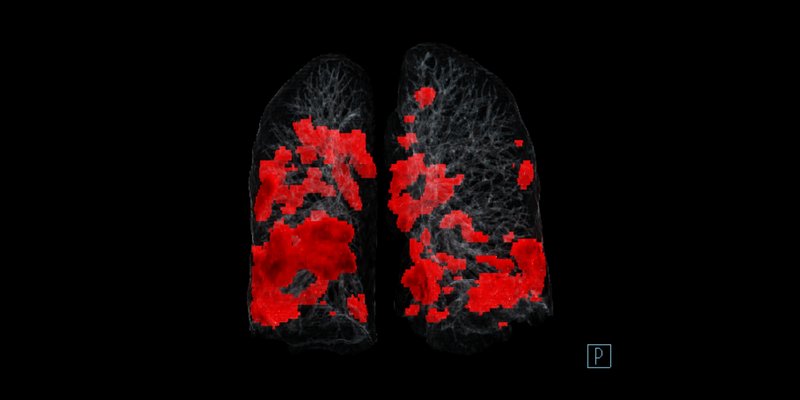
Company: Siemens Healthineers Product: AI-Rad Companion Chest CT
Clinical application of convolutional neural network lung nodule detection software: An Australian quaternary hospital experience
Journal of Medical Imaging and Radiation Oncology, 2024
Abstract
Introduction
Early-stage lung cancer diagnosis through detection of nodules on computed tomography (CT) remains integral to patient survivorship, promoting national screening programmes and diagnostic tools using artificial intelligence (AI) convolutional neural networks (CNN); the software of AI-Rad Companion™ (AIRC), capable of self-optimising feature recognition. This study aims to demonstrate the practical value of AI-based lung nodule detection in a clinical setting; a limited body of research.
Methods
One hundred and eighty-three non-contrast CT chest studies from a single centre were assessed for AIRC software analysis. Prospectively collected data from AIRC detection and characterisation of lung nodules (size: ≥3 mm) were assessed against the reference standard; reported findings of a blinded consultant radiologist.
Results
One hundred and sixty-seven CT chest studies were included; 52% indicated for nodule or lung cancer surveillance. Of 289 lung nodules, 219 (75.8%) nodules (mean size: 10.1 mm) were detected by both modalities, 28 (9.7%) were detected by AIRC alone and 42 (14.5%) by radiologist alone. Solid nodules missed by AIRC were larger than those missed by radiologist (11.5 mm vs 4.7 mm, P < 0.001). AIRC software sensitivity was 87.3%, with significant false positive and negative rates demonstrating 12.5% specificity (PPV 0.6, NPV 0.4).
Conclusion
In a population of high nodule prevalence, AIRC lung nodule detection software demonstrates sensitivity comparable to that of consultant radiologist. The clinical significance of larger sized nodules missed by AIRC software presents a barrier to current integration in practice. We consider this research highly relevant in providing focus for ongoing software development, potentiating the future success of AI-based tools within diagnostic radiology.
Read full study